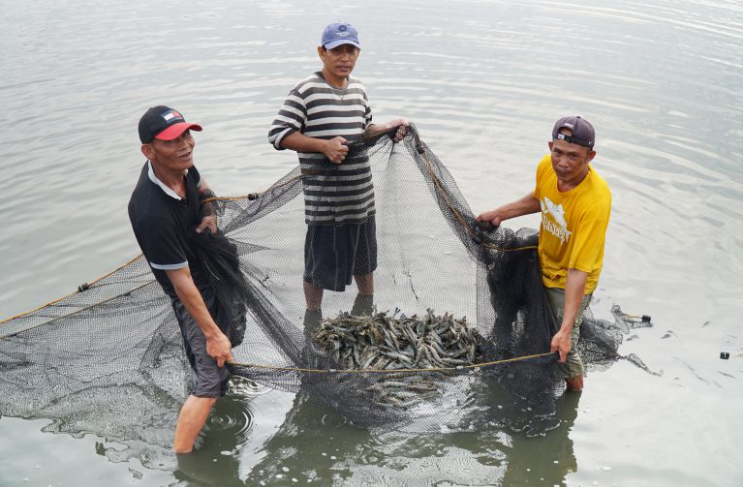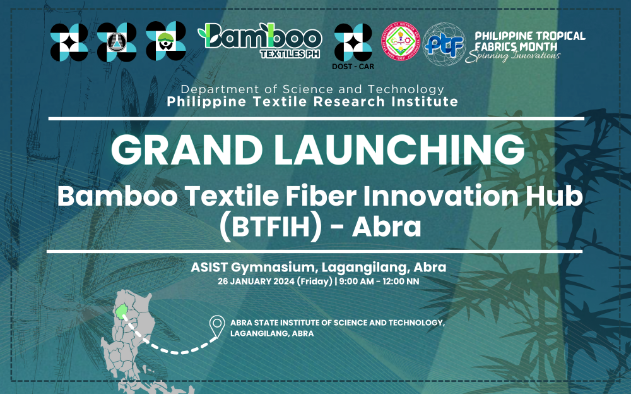Socio-economic impacts were assessed to revitalize the shrimp farming industry in the Philippines.

Source: SEAFDEC
Due to its attractive marketable price, there is a shift from milkfish to prawn for the aquaculture industry in the Philippines. Negros and the Panay Islands in Central and Western Visayas have been the primary locations for shrimp farming. This has recently shifted due to increased demands from other regions including Central Luzon, other parts of Central Visayas, SOCCSKSARGEN, Northern Mindanao, CARAGA, and Davao regions. However, a number of environmental and socio-economic issues have been brought up as a result of the positive and negative effects of the intensification. Using the Preferred Reporting Items for Systematic Reviews and Meta-Analyses (PRISMA) method, the gaps and the changes needed to revitalize the industry were examined.
The study revealed the socio-economic impacts of the intensification of the shrimp farms including displacement of subsistence fishers and gleaners, as well as mangrove wood collectors, issues on land ownership, and the illegal occupation of protected landscapes and seascapes. Thus, on the positive side includes local employment of workers on the small-holder farms and on large scale commercial farms, higher incomes for workers and operators which improves their economic conditions, foreign direct investments in hatcheries, farms, and postharvest facilities, as well as in feed mills, involvement of women in the fish farms which provides higher incomes, value-adding activities, improvement in marketing, business diversification activities due to the profit from shrimp farms, and better educational and economic opportunities for the children of shrimp farmers.
It was also recommended that buffer zones and planned coastal zone use be identified, registered organization for the aquaculture operators, continuous help from the government in terms of disease and water quality monitoring, access to information, and strong networks for research organizations, local governments, among others.
Reference:
Macusi, E.D.; Estor, D.E.P.; Borazon, E.Q.; Clapano, M.B.; Santos, M.D. Environmental and Socioeconomic Impacts of Shrimp Farming in the Philippines: A Critical Analysis Using PRISMA. Sustainability 2022, 14, 2977. Retrieved May 18, 2023 from https://www.mdpi.com/2071-1050/14/5/2977


